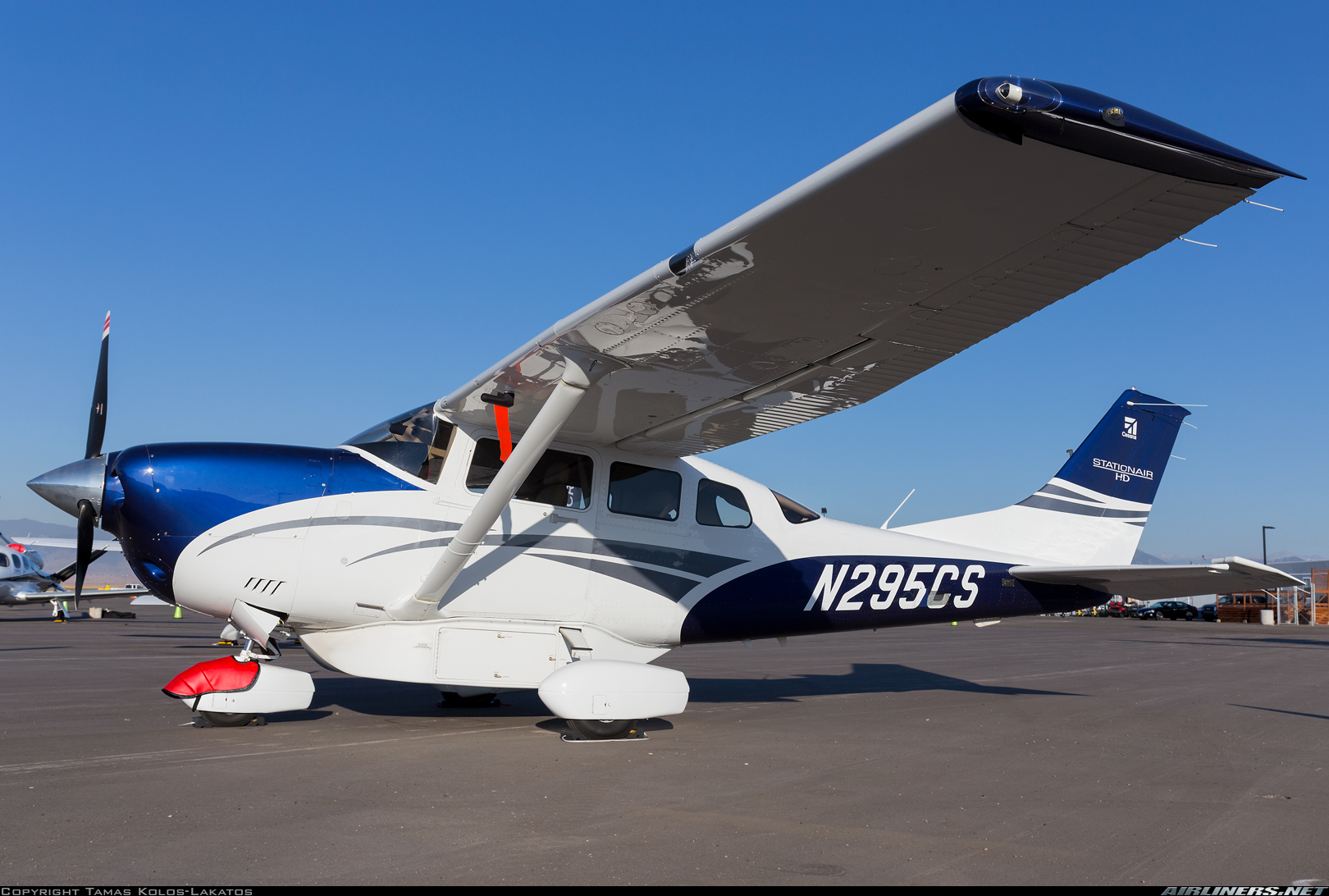Exploring the Cessna 206 Turbo Stationair HD Basics
The Cessna 206 Turbo Stationair HD is an aircraft that stands out in the world of aviation for its versatility and rugged performance. Known for its ability to handle a variety of missions, from personal transportation to cargo hauling and even aerial photography, the Stationair HD offers a unique blend of power, reliability, and adaptability. In this article, we delve into the essential aspects of this remarkable aircraft, examining its history, design features, and why it continues to be a favorite among pilots and aviation enthusiasts alike.
Discovering the Cessna 206 Turbo Stationair HD

The Cessna 206 Turbo Stationair HD has its roots firmly planted in the rich legacy of the Cessna Aircraft Company. Initially introduced in 1962, the Cessna 206 series has undergone several enhancements over the decades, evolving into the robust and versatile aircraft we see today. The Turbo Stationair HD variant builds on the success of its predecessors, offering a turbocharged engine that boosts its performance capabilities, making it suitable for high-altitude and challenging terrain operations. This aircraft has made a name for itself among adventure seekers, bush pilots, and those requiring a reliable platform for a wide range of airborne activities.
One of the most appealing aspects of the Cessna 206 Turbo Stationair HD is its adaptability. From the outset, it was designed to be rugged and dependable, capable of taking on demanding environments where other aircraft might falter. The Stationair’s airframe is built to withstand rough conditions, and its spacious cabin allows for flexible interior configurations. This makes it an ideal choice for missions that require carrying passengers, cargo, or specialized equipment. Whether flying into remote backcountry locations or serving as an air ambulance, the Stationair HD is engineered to deliver.
In addition to its practical design, the Turbo Stationair HD is celebrated for its impressive performance. The integration of a turbocharged engine not only enhances its speed and climb rate but also allows it to maintain optimal performance at higher altitudes. This is particularly advantageous for operations in mountainous regions or areas with hot and high conditions. The aircraft’s ability to take off and land on short, unpaved runways further expands its operational envelope, highlighting its status as a true workhorse in the aviation world.
Key Features and Basic Specifications Unveiled

At the heart of the Cessna 206 Turbo Stationair HD is its powerful Lycoming TIO-540-AJ1A engine, which delivers 310 horsepower. This engine is specifically designed for turbocharged operations, providing consistent power output across a range of altitudes. Coupled with this robust powerplant is a three-blade, constant-speed propeller that enhances the aircraft’s performance and efficiency. The combination of these elements ensures that the Stationair HD can tackle challenging missions with ease, making it a preferred choice for pilots who demand reliability and power.
The aircraft’s specifications underline its versatility. With a maximum cruising speed of approximately 161 knots and a range of around 703 nautical miles, the Turbo Stationair HD is well-suited for both short and medium-haul flights. Its useful load capacity of roughly 1,356 pounds allows operators to configure the interior for various missions, from passenger transport to cargo delivery. The rugged landing gear and high-wing design further contribute to its ability to operate from a variety of airstrips, including grass and dirt runways often found in more remote areas.
Inside the cockpit, the Cessna 206 Turbo Stationair HD features modern avionics, typically equipped with the Garmin G1000 NXi flight deck. This advanced system provides pilots with intuitive controls and comprehensive situational awareness, enhancing safety and operational efficiency. The avionics suite is complemented by options for weather radar and synthetic vision, making it well-equipped for a range of flying conditions. These features, combined with the aircraft’s inherent ruggedness and performance, make the Turbo Stationair HD a versatile and reliable platform for a wide array of aviation applications.
In summary, the Cessna 206 Turbo Stationair HD represents a blend of power, versatility, and reliability in the aviation sector. Its rich heritage, coupled with its modern enhancements, has solidified its status as a dependable partner for a variety of missions. Whether navigating challenging terrain or executing specialized tasks, the Stationair HD continues to be a favorite among those who require a robust and adaptable aircraft. With its powerful engine, flexible configurations, and state-of-the-art avionics, the Turbo Stationair HD remains a formidable player in the landscape of utility aircraft, catering to the diverse needs of pilots across the globe.



